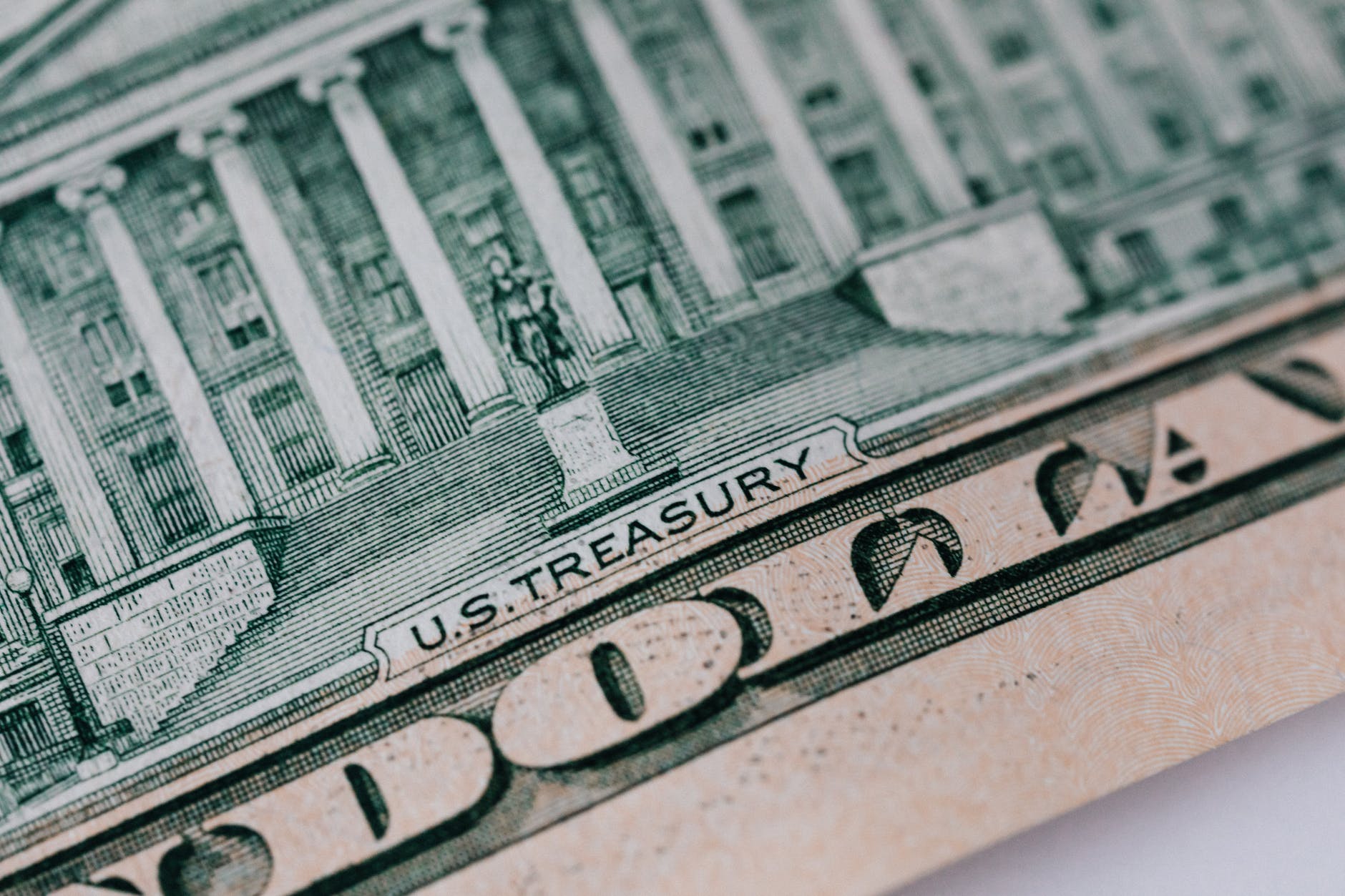Microfinance has proved its value in many countries as a major means of alleviating poverty. It has the potential to change people’s lives for the better, as innovation and creativity are found everywhere and people start companies based on their entrepreneurial leanings. Out of a world population of seven billion, almost 60 percent are poor and destitute. The poor are abundant in the midst of the affluent nations, including the US. But, as Prahalad said, “…if we stop thinking of the poor as victims or as a burden and start recognizing them as resilient and creative entrepreneurs and value-conscious consumers, a whole new world of opportunity will open up.“
Indeed, promoting active participation in productive and innovatory activities at what is called the “bottom of the pyramid“ is necessary for making our world a better place for all of us. We can create millions of new entrepreneurs and formidable consumers at the grassroots level. The pertininent question is what should be done to improve the situation to the extent of eliminating poverty globally?
Since its inception by the Nobel Laureate Mohammed Yunus in the 1970s, microfinance initiatives have become the popular strategic alternative for fighting poverty around the globe. All concerned stakeholders from government, the business community, and civil society at large around the globe have already recognized the powerful role of microfinance at the grassroots level. Today there are thousands of microcredit institutions with millions of clients globally, particularly in the developing world. For example, the broad microfinance service outreach initiatives at the grass roots level have brought a significant improvement in the lives of more than ten million poor citizens in Bangladesh alone. So far, the sources of loans in the form of microfinance are predominantly from: government coffers, non-profit foundations, and other helping hands of successful entrepreneurs. The microcredit industry has now also begun to attract the commercial banking industry. Some notable multi-national financial institutions, like Deutsche Bank, are now expanding their involvement in the micro lending business to provide opportunities to the poor. This asserts the growing involvement of the private sector in microcredit activities.
The US is the wealthiest and most powerful nation on earth in almost all technological, economic, and social respects. This is due to the entrepreneurial spirit, innovation, and dedication of the American people. The country has massive human, physical, financial, technological, and organizational resources and capabilities. On the other hand, there is little doubt that poverty exists in the US. The definition of poverty is situational and case specific and depends on: national developmental stages, advancement of the socioeconomic fabric, and the demographic attributes of a given environment. As specified by the US government’s poverty categorization scale, over 46 million Americans are below the poverty line according to the US Census Bureau. The arduous situation in many American inner cities gives solid evidence of the magnitude of poverty and the damage it can have on the basic social fabric of communities, with negative impact on national economic development. Its detrimental effect on society is apparent. Viable and dedicated microfinance initiatives coupled with effective implementation can help the country in its efforts to eliminate poverty.
Microfinance activities in the US are still at their embryonic stage due to numerous reasons. With the proper promotion, development, and popularization of microcredit systems, thousands of urban and rural poor households can gainfully engage in productive self-help entrepreneurial activities. If we look back to the Great Depression years, it is apparent that microcredit initiatives are not new to the US. At a rudimentary level, programs like the Morris Small Scale Lending Plan (Morris Plan) greatly helped to speed up the recovery process from the early years of the Great Depression, 1929-1933. No doubt microfinance has the potential to support millions of needy people to help themselves by engaging in self-supported gainful activities even in affluent nations like the US. Currently, there are some non-profit microcredit lenders supported by the Small Business Administration and some other agencies. But microfinance and self-help initiatives are not popular at this time in the US. This is due to multi-dimensional factors pertaining to governance, political issues, institutional capacity, non-supportive attitudes, and numerous other problems. The good news, however, is that policy makers and other stakeholders at all levels have recognized microcredit as a potentially viable contributor to marginalizing poverty and promoting economic development in the most needy parts of local communities. Therefore, it should be possible to popularize microfinance initiatives in the US as part of the effort to support low-income citizens so that they can avoid stretching their hands to welfare, and can help themselves by mobilizing their capabilities and initiative. If this potentially powerful economic engine is organized and shaped in a way to promote and enhance productivity and economic development, its role in marginalizing poverty will grow.
Unfortunately, US financial markets have continued to neglect the majority of poor people in the country. Low-income individuals do not benefit from affordable credit programs or receive training in the proper management of personal finances. This failure of the dominant US financial system to deliver basic credit outside the mainstream has contributed to the continued aggravation of poverty in the US. Poverty and economic development are mainly about money, saving, and credit availability. Mismanaging one’s money, not saving money, and not having access to financing and credit are the root causes of many economic crises. They certainly create a fertile ground for exacerbation of poverty and socio-economic despair. The microfinance industry is a solid alternative. Comparatively, the conventional finance industry largely fails to provide necessary services to a significant segment of the population. With the full support and commitment of all stakeholders, ranging from the federal government to each concerned citizen, microcredit can be one of the most promising anti-poverty strategies in the US. These initiatives can serve as solid evidence for poor and neglected households that their resourceful nation cares about them. Of course, it will be a complex and intricate task to bring microfinance to millions.
It is only with these comprehensive efforts that we can help to push forward the development and outreach of microfinance at large to serve the broad needs of appropriately targeted legitimate clients. With the resourcefulness and innovativeness of the American people, poverty should not be given a chance to flourish in this land of opportunity. All concerned have the ability to aid the poverty reduction endeavors of the microfinance community. I believe that it is necessary to initiate and promote noble ideas to help the vulnerable and poor to transform themselves into productive consumers, producers, and self-helping entrepreneurs. All of us who are able to support microfinance have a noble responsibility to contribute our part towards the realization of this objective. “No more poverty in the midst of affluence, entrepreneurial innovation, and the resourcefulness of the American people” should be the mantra.





